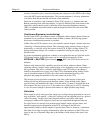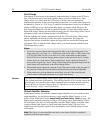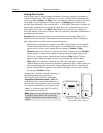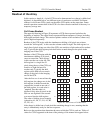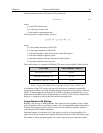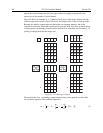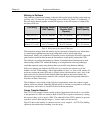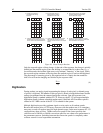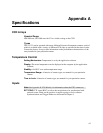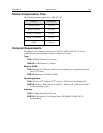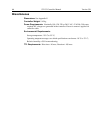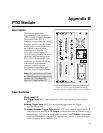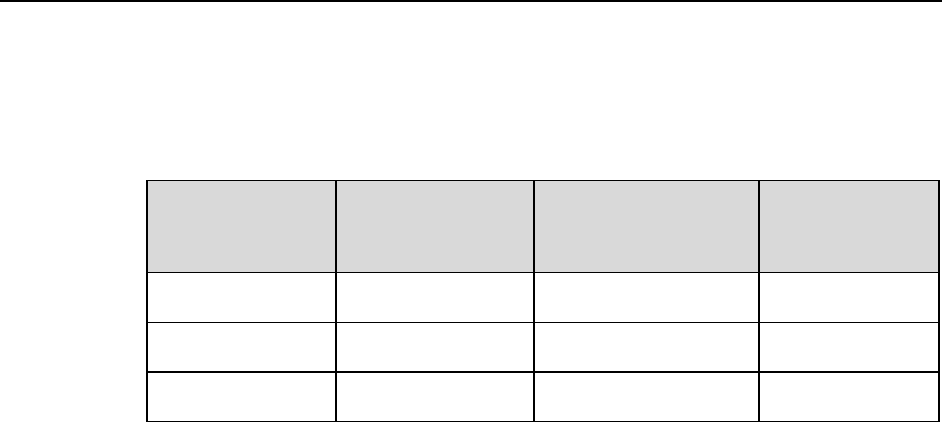
Chapter 6 Exposure and Readout 61
Binning in Software
One limitation of hardware binning is that the shift register pixels and the output node are
typically only 2-3 times the size of imaging pixels as shown in Table 5. Consequently, if
the total charge binned together exceeds the capacity of the shift register or output node,
the data will be lost.
CCD Array Imaging Section
Well Capacity
Horizontal Shift
Register Well
Capacity
Preamp Node
Well Capacity
EEV 512 x 512 100 x 10
3
electrons 200 x 10
3
electrons 400 x 10
3
electrons
Kodak 768 x 512 85 x 10
3
electrons 170 x 10
3
electrons 340 x 10
3
electrons
Kodak 1317 x 1035 45 x 10
3
electrons 90 x 10
3
electrons 180 x 10
3
electrons
Table 5. Well Capacity for Some CCD Arrays
This restriction strongly limits the number of pixels that may be binned in cases where there
is a small signal superimposed on a large background, such as signals with a large
fluorescence. Ideally, one would like to bin many pixels to increase the S/N ratio of the weak
peaks but this cannot be done because the fluorescence would quickly saturate the CCD.
The solution is to perform the binning in software. Limited hardware binning may be used
when reading out the CCD. Additional binning is accomplished in software, producing a
result that represents many more photons than was possible using hardware binning.
Software averaging can improve the S/N ratio by as much as the square-root of the
number of scans. Unfortunately, with a high number of scans, i.e., above 100, camera 1/f
noise may reduce the actual S/N ratio to slightly below this theoretical value. Also, if the
light source used is photon-flicker limited rather than photon shot-noise limited, this
theoretical signal improvement cannot be fully realized. Again, background subtraction
from the raw data is necessary.
This technique is also useful in high light level experiments, where the camera is again
photon shot-noise limited. Summing multiple pixels in software corresponds to collecting
more photons, and results in a better S/N ratio in the measurement.
Frame Transfer Readout
The ST-133 fully supports frame transfer readout. Operation in this mode is very similar
to the operation of video rate cameras. Half of the CCD is exposed continuously, raising
the exposure duty cycle to nearly 100%. The other half of the CCD is masked to prevent
exposure, and it is here that the image is "stored" until it can be read out.
Figure 30 shows the readout of a masked version of our sample 4 × 6 CCD. The shading
represents the masked area (masking is on the array).





